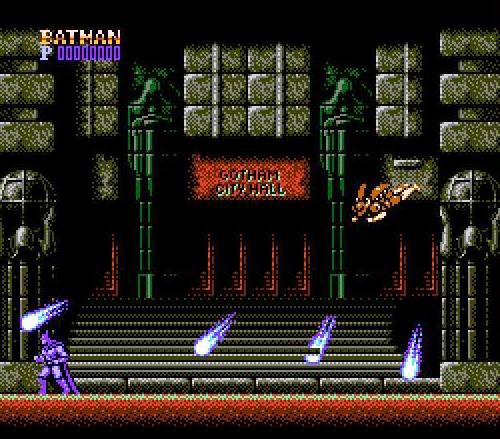We’re in the gift-giving season for sure, and the hot properties this year are new gaming consoles. The big boys in the field have released new hardware this year that promises to provide eye-popping visuals and amazing stories. Video games sure have come a long way since I was a kid.
Want proof?
This 12-minute video takes you through some of the big hits of the 1980s, starting with early games that were nothing but white blocks on a black screen and ending with the earliest Nintendo systems. It’s a blast from the past if you were there. If you weren’t, it’s a chuckle-worthy reminder of what we thought “great graphics” were.
Simple, casual play
One of the things that these game systems specialized in was simple, casual play. Sure, the Intellivision commercial boasts that every time you play a game it will be different. But really the mechanics of the games were easy to learn and the games themselves lasted only a few minutes. Of course that was by necessity. These early games had unbelievably small amounts of memory and very simple graphics processors. A complex game, one that takes hours, would have been utterly impossible.
The only system you’ll ever need?
That was Coleco’s claim. I could do an entire article on the ColecoVision, which was the smart gamer’s choice at the time. It was also a flop in the marketplace. Coleco, known for much simpler electric games, ventured into the video game space with an overpowered and overpriced device that sought to be the perfect solution for everyone. It was a passable gaming system, a passable “home computer,” and even a sort of primitive media player. Unfortunately it wasn’t really very good at any of these things. People who bought Coleco systems thinking that they would never outgrow them were almost immediately disappointed
The amazing pace of change
What really comes through here is the amazing pace at which these systems evolved. The 1980s started with Atari 2600 games which were essentially colored blocks with very little definition. This game, “Combat,” was included with many early systems:

The decade ended with the movie-tie-in Batman for Nintendo, which features side scrolling, thousands of colors, and complex gameplay that could take hours:

At the same time, sound went from simple beeps to multitonal melodies with intermittent (although garbled) speech. Gameplay went from simple, repetitive movement to fairly complex sets of steps that needed to be learned.
All this was possible of course because of upgraded hardware. Early 1980s game devices had less computing power than the average bluetooth headset (not the media player, just the headset.) By the end of the decade, things were still pretty weak by today’s standards but about 16 times more powerful.
Compare that to today. Yes we see increases in raw speed. Yes, the PS5 is a massive jump in power from the PS3 (the console you would have bought a decade ago.) But it’s harder to see the change because the PS3 was a pretty great console at the time. With general-purpose computers it’s even harder to see generational change. I have an old laptop from 2012 which I use for a backup. It’s slow to be sure, and I would never try to use it for a top-end game. But it runs Windows 10 passably well and I’ve used it in a pinch several times.
But those games were just so darn fun
The thing about those older games is that they tended to be a lot of fun anyway. There was massive competition in the video game space at the time. With such severe hardware limitations, designers had to come up with ways to keep things entertaining. Today it’s all too easy to rely on great visuals and fancy stories. Game-playing mechanics can suffer. Back then, if gameplay suffered, the game failed. Simple as that.


